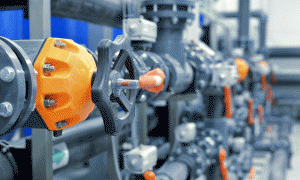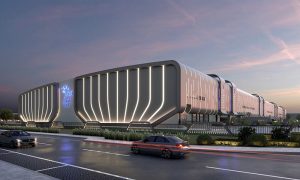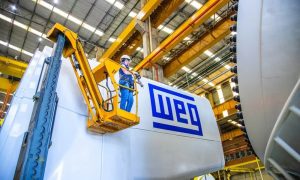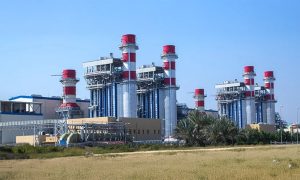Opinion: The impact of true value engineering
Chris Meir – specification sales manager – Gulf, Conex Bänninger, Middle East, says there is so much more to value engineering than merely cutting costs

Across the construction industry, many of us use the term ‘value engineering’. In fact, it’s often a topic that sparks hot debate between contractors and consultants, sometimes with different approaches to the practice. But do we know how and why value engineering was conceived?
Value engineering was first practiced during World War II as a response to skilled labour shortages and lack of raw materials. Lawrence Miles, an engineer at General Electric, noticed that some material substitutes were not only effective at reducing costs but also resulted in a final product of greater value and quality than before. And so, the methodical approach of value engineering was born.
In my opinion, value engineering is a term often used in the industry to justify cost cutting. However, this is a common misconception Value engineering does not mean cutting costs for a cheaper overall outcome. In fact, the primary principle of the concept is that functionality and quality must be preserved, and not reduced, as a consequence of lowering costs. Finding methods to lower costs is a welcome benefit, but the objective of value engineering is to add real value to the overall process. True value engineering should promote the planning and delivery of projects with improved performance.
In the construction industry, value engineering is a key exercise that should be considered across the supply chain. The aim is to reduce costs and eliminate risk while optimising design for an end result that benefits all parties involved, as well as the end user.

The construction industry is placing increased focus on health, wellbeing and sustainability, says Meir.
Challenges arise when value engineering is approached with a cost-first mindset that compromises on the functionality and quality of the product. With this approach, we risk a substandard finished product due to a singular focus on cost reduction. The regional construction industry is competitive – it is a price driven market in which companies often lose projects to competitors based solely on cost, rather than on their ability to deliver high quality, appropriate certifications or legislative requirements. For example, a consultant may specify a high-performing solution based on project demands. However, the contractor may choose to disregard the original specification and opt for a cheaper solution. If costs are cut this way across the project, the contractor risks engineering the value out of the project. In the short term, this may have cost reduction benefits. In the long-term, however, moving away from the original specification can have negative consequences for buildings, developers and end users.
Certain products are selected because of their ability to provide a specific solution. True value engineering should defend the design by adhering to the specification in order to protect the integrity of the project. Moving away from the specification to save on capital costs can simply lead to a project that incurs additional costs down the line when it comes maintenance, durability, and safety.
Furthermore, compromising performance for lower costs may lead to health and safety issues. The role of every space we create is to maintain occupant comfort and protect public health. Opting for solutions that compromise on quality, or even basic function, can not only inconvenience occupants, but lead to potential health hazards such as pipe bursts, leaks or fires. Material substitution should be based on performance, rather than just price. Often, alternative products are selected based on price, even though they are not suitable for the given application. When quality is sacrificed, safety standards are jeopardized, which can have a detrimental effect on the building and its occupants.
As we move forward, the construction industry is placing increased focus on health, wellbeing and sustainability. Creating human-centric spaces is integral to the progress of the industry. To support the UAE’s vision for sustainable urban development, we must start prioritizing efficiency, safety and sustainability and not compromise on these elements solely for the sake of price.
In my experience with Conex Bänninger Middle East, early engagement is key to true value engineering. The preconstruction planning phase offers the greatest opportunity to add value to a project. This enables us to identify or overcome challenges early on, rather than at the procurement stage. Constructing a project will always cost more than engineering it, that’s why a solid foundation is so essential for value engineering.
True value engineering can only be achieved through early engagement across the entire supply chain, a collaborative working approach and a common desire to maintain the integrity of the design to deliver the best product possible.
























